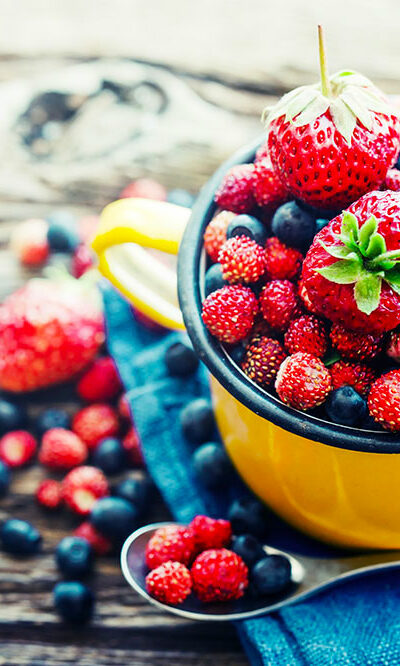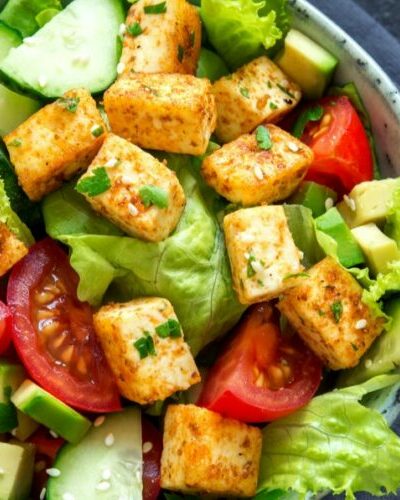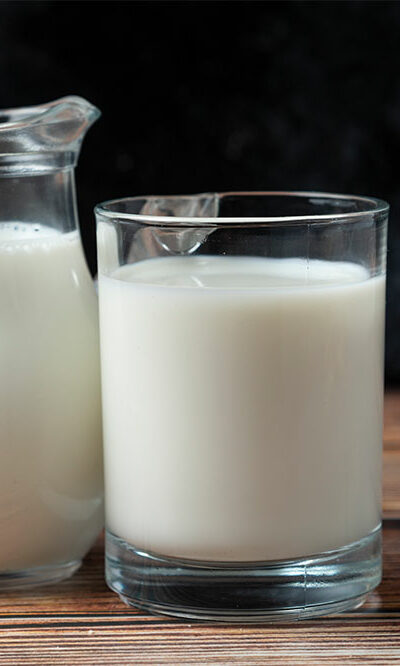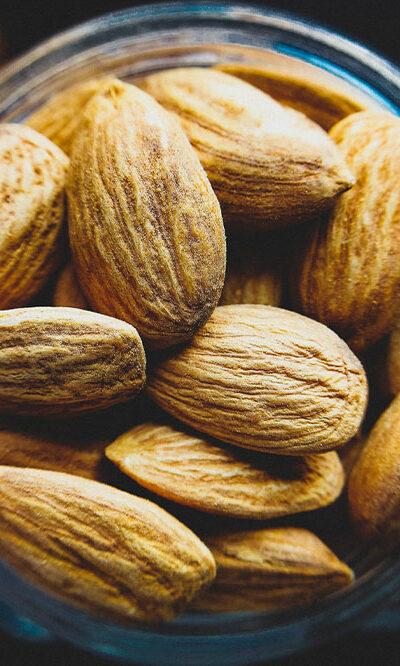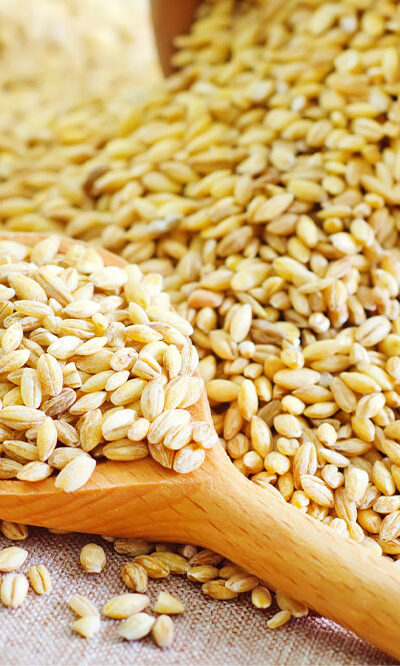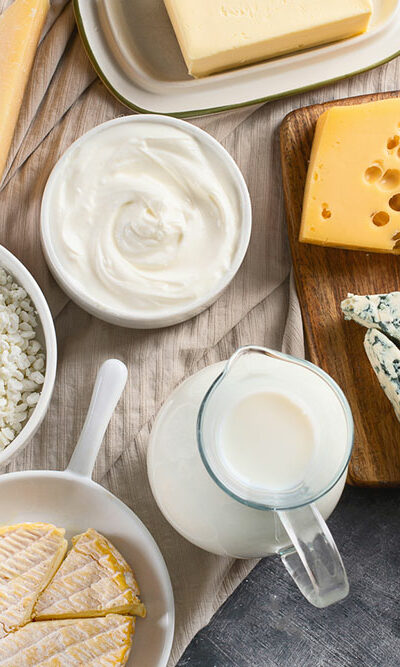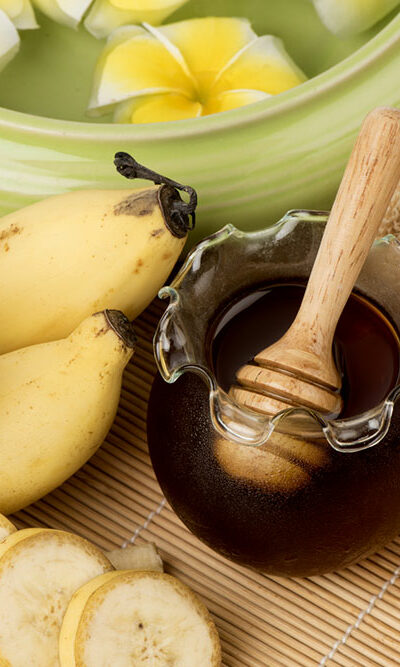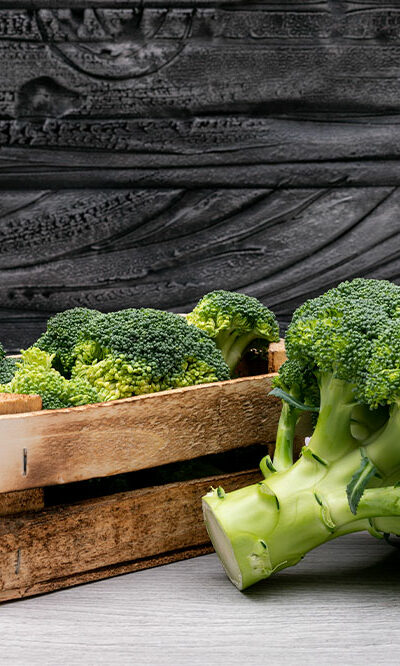
Macular Degeneration – Best and Worst Foods
The body goes through various changes, especially those affecting the senses, as one gets older. Here, weakening eyesight is a common phenomenon in older adults, however, it does not have to be inevitable. Age-related macular degeneration is an eye disease characterized by the deterioration of the retina’s central portion. One’s lifestyle and food choices can have a huge impact on eye health. So here are some foods to eat and avoid to maintain strong vision: Best foods Various foods can help one manage macular degeneration symptoms and keep eye diseases at bay. Here are some great options to consider: Broccoli Broccoli is loaded with vitamins and minerals that could help one deal with eye conditions like macular degeneration. It is rich in vitamin A, which helps fight eye diseases and reduce the risk of age-related macular degeneration. It is also loaded with vitamin K and B vitamins, fibers, magnesium, and potassium, which are essential for maintaining overall health. Blackberries Blackberries contain plenty of vitamins and minerals that help reduce the risk of age-related vision problems. Vitamins B6, C, A, folate, and zinc in these berries can prevent eyesight issues. The fruit also contains a dark pigment called anthocyanin, which protects the retina from sun damage. In addition, it acts as an antioxidant helping fight free radical damage to the eyes. Spinach Spinach is a leafy green that contains vitamin A, fibers, and minerals. Vitamin A is crucial for maintaining eye health and reducing the risk of vision-related issues. As spinach contains an antioxidant called lutein that lowers the risk of macular degeneration. Carrot Carrots are associated with eye health, as it contains vitamins C and B12 that improve vision. Carrots are also loaded with folate, zinc, and alpha and beta carotenes. Studies have found that those who eat carrots regularly are less likely to get diseases like macular degeneration. Cranberries Cranberries contain anthocyanin and other powerful antioxidants which support eye health.


